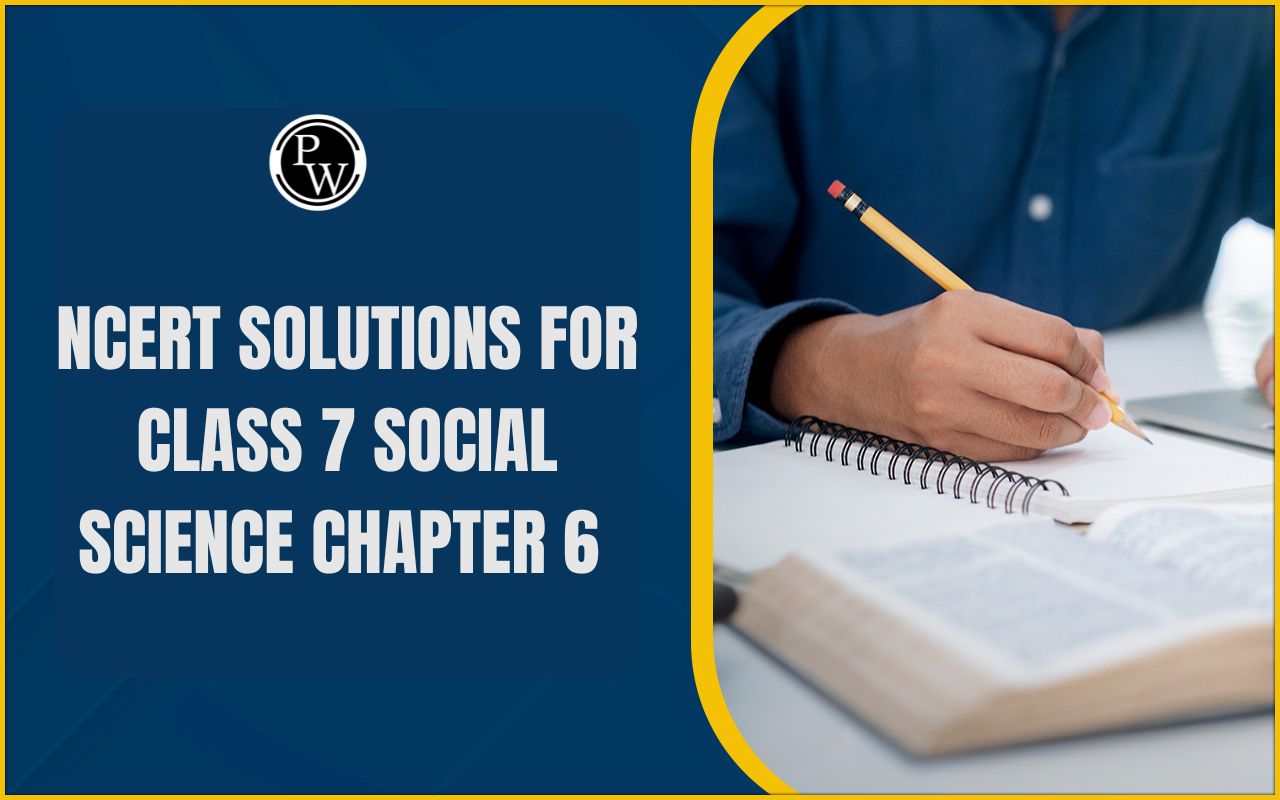

CBSE Class 7 Maths Notes Chapter 14: The most recent edition of the CBSE (NCERT) textbooks contains free PDF downloads for Class 7 Maths Chapter 14 Symmetry Revision Notes & Short Keynotes, written by knowledgeable maths teachers. To improve your score on the CBSE board exam, sign up online for science tutoring for Class 7 NCERT Solutions here.
Students can get free CBSE Solutions (NCERT) and other study materials from our website. Math Students who want better answers can download the Class 7 Maths NCERT Solutions, which will help them review the entire syllabus and get higher grades in their exams.CBSE Class 7 Maths Notes Chapter 13
CBSE Class 7 Maths Notes Chapter 14 PDF
A comprehensive understanding of the fascinating subject of symmetry can be gained from the notes for CBSE Class 7 Maths Chapter 14 Symmetry. Students obtain important insights into the traits and attributes of symmetrical shapes, which facilitates understanding of the idea. The structured arrangement of these notes facilitates effective review and improves memory by making sure that students retain and apply the symmetry principles. Here we have provided CBSE Class 7 Maths Notes Chapter 14 Symmetry Notes PDF -CBSE Class 7 Maths Notes Chapter 14 PDF
CBSE Class 7 Maths Notes Chapter 14 Line of Symmetry
A form is said to have symmetry when it entirely coincides with another shape. One might also notice symmetry inside a form. One aspect of a shape is considered to have symmetry within it when two aspects coincide. A line of symmetry is the line that splits a form into two identical sections. As an illustration, the dotted line in the picture below represents the line of symmetry, and the left and right halves appear to be identical or symmetrical.
CBSE Class 7 Maths Notes Chapter 15
Lines of Symmetry for Regular polygon
Polygons classified as regular have equal side lengths and angle measurements. Lines of symmetry in regular polygons are equivalent to their sides.
As an illustration:
Lines of symmetry in regular polygons are equivalent to their sides.
As an illustration:
- Three sides and three lines of symmetry make up a triangle.
- Four sides and four lines of symmetry make up a square.
- Five sides and five lines of symmetry make up a regular pentagon.
- Six sides and six lines of symmetry make up a regular hexagon.
| CBSE Syllabus Class 7 | |
| CBSE Class 7 English Syllabus | CBSE Class 7 Math Syllabus |
| CBSE Class 7 Social Science Syllabus | CBSE Class 7 Science Syllabus |
Rotational Symmetry
Rotational symmetry is the state in which a shape remains precisely the same after being rotated at a specific angle about its axis, either clockwise or anticlockwise. The term "centre of rotation" refers to the fixed point through which the shape is rotated. The term "angle of rotation" refers to the angle at which rotational symmetry appears. Order of rotational symmetry is the number of times a form appears the same when rotated. As an illustration, the square's rotational symmetry order is 4.Line Symmetry and Rotational Symmetry
Certain forms possess both rotational and line symmetry.
 A perfect example of this kind of object is a circle, which exhibits rotational symmetry at any angle and infinite line symmetry around its centre.
Certain alphabets, like H, O, I, and X, exhibit both rotational and line symmetry.
A perfect example of this kind of object is a circle, which exhibits rotational symmetry at any angle and infinite line symmetry around its centre.
Certain alphabets, like H, O, I, and X, exhibit both rotational and line symmetry.
CBSE Class 7 Maths Notes Chapter 12
Some Easy Tips to Remember the Symmetry Chapter
Here are some memory aids for Class 7 Math's "Symmetry" chapter to help you recall it quickly:1. Mirror Magic: Visualise shapes reflected in a mirror. It is symmetrical if both sides line up exactly!
2. The Axis Adventure: Symmetry frequently occurs along the axis, an invisible line. Imagine this line and see if the two sides are the same.
3. Butterfly Wings: Envision the wings of a butterfly. There is symmetry at work if they are the same on both sides!
4. Fold and Check: Act as though you are folding the shape in a line. It is symmetrical if the sides line up, much like when you fold a piece of paper in half.
5. Symmetry in Nature: Search the natural world for symmetrical items, such as flowers, leaves, and even creatures. It's everywhere!
6. Make Symmetry Hunt into a game: Look around you or at home for symmetrical objects. It becomes easier the more you identify.
7. Recall the Term: "Symmetry" is to be broken down into "sym-" (same) and "-metry" (measure). It's similar to determining whether two sides are equal!
Related Links -
Benefits of CBSE Class 7 Maths Notes Chapter 14
With the help of our Revision Notes for Class 7 Maths Chapter 14 Symmetry, go on an exciting mathematical exploration. Customised specifically for you, these notes function as amiable guides, breaking down the complex realm of symmetry into comprehensible portions.1. Conceptual Summaries: Quickly understand the fundamentals of symmetry and reveal the elegance of balanced designs.
2. Simplified Understanding: Convey difficult ideas into understandable insights by handling the complexity of symmetry with ease.
3. Last-Minute Symmetry Mastery: Review notes will help you make sure you understand the concept of symmetry and are a useful tool while preparing for your final test.
4. Improved Memory Retention: Combine your knowledge of important symmetry principles and strengthen them in your long-term memory.
CBSE Class 7 Maths Notes Chapter 14 FAQs
What are the important notes of symmetry?
Is 7th maths easy?
What is symmetry in maths notes 7th standard?











